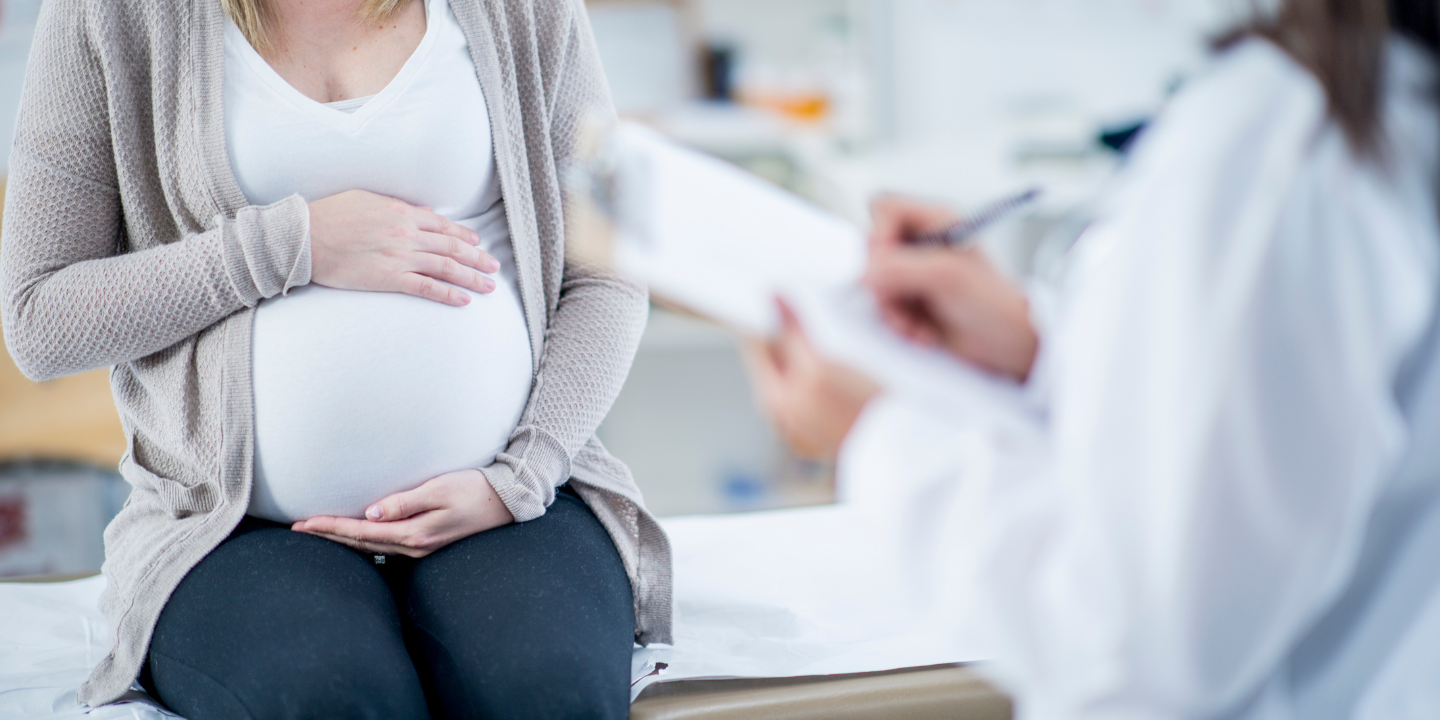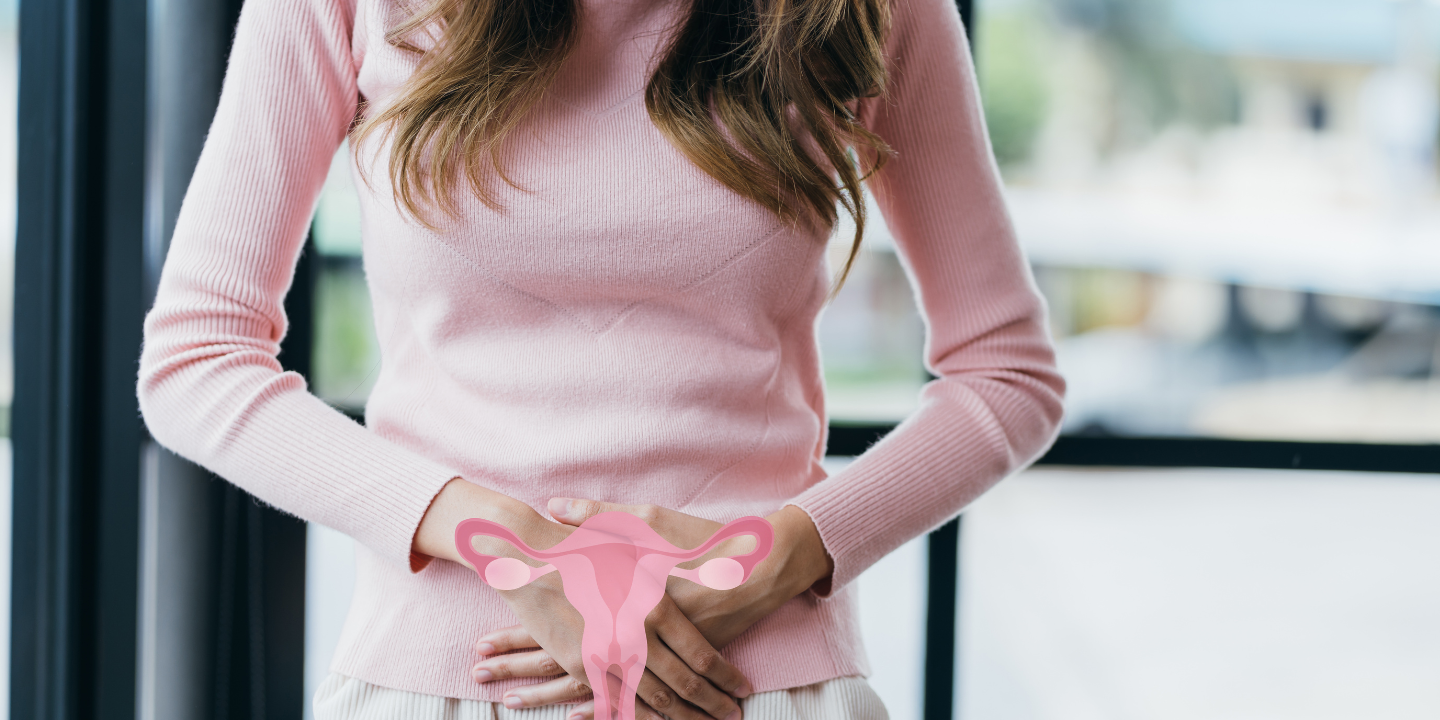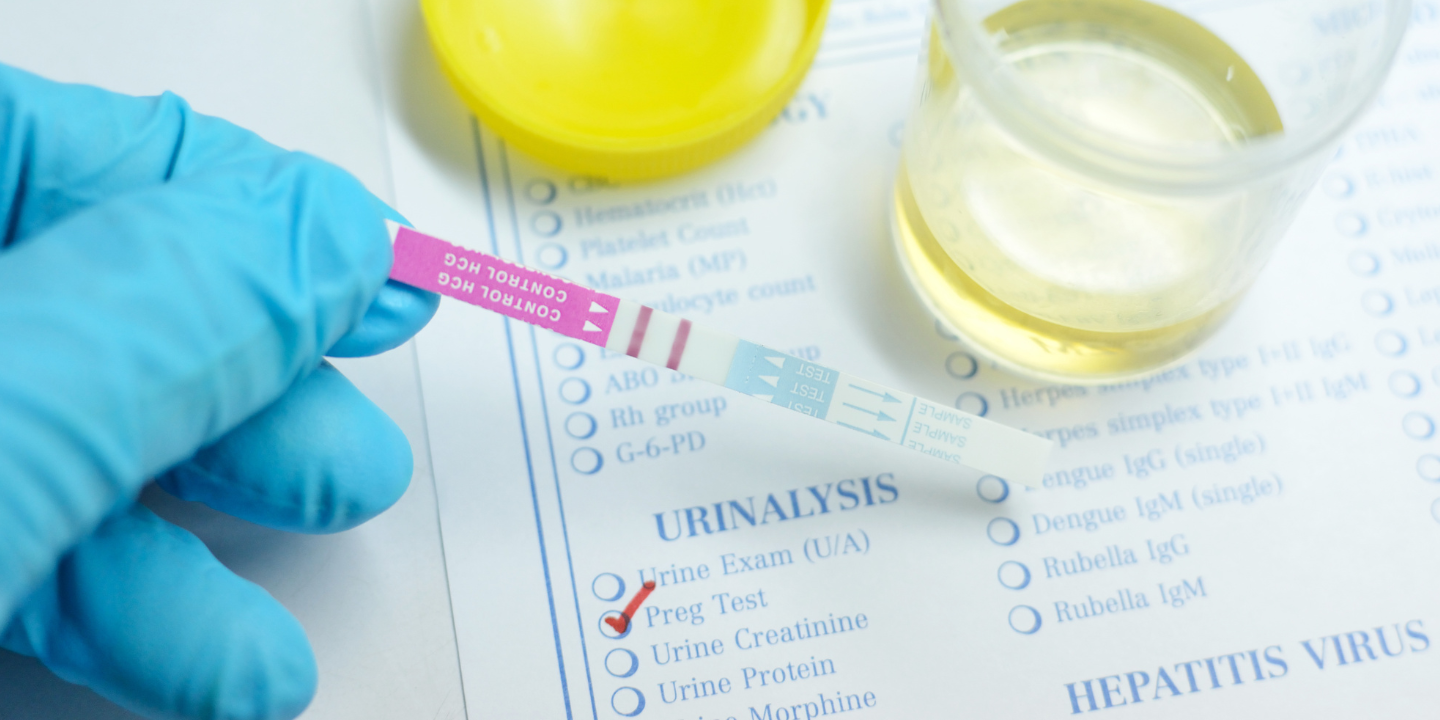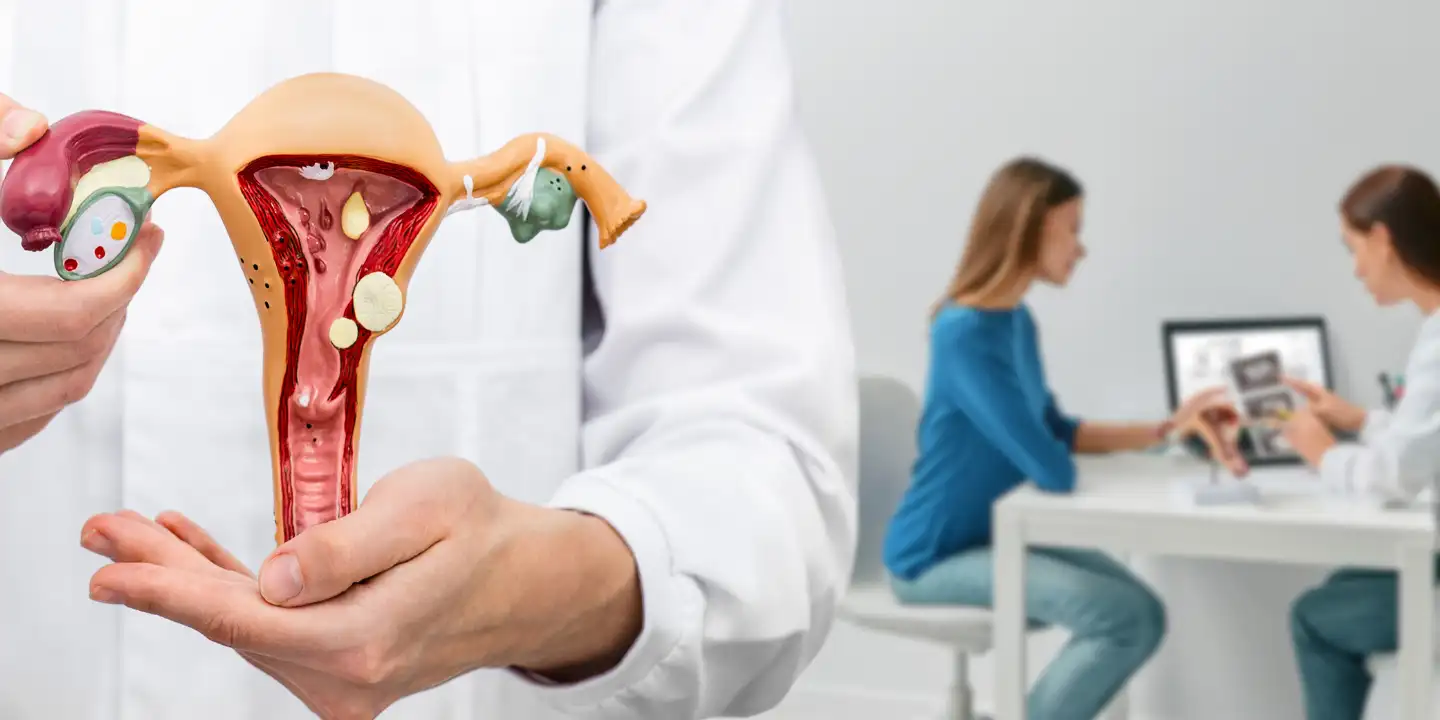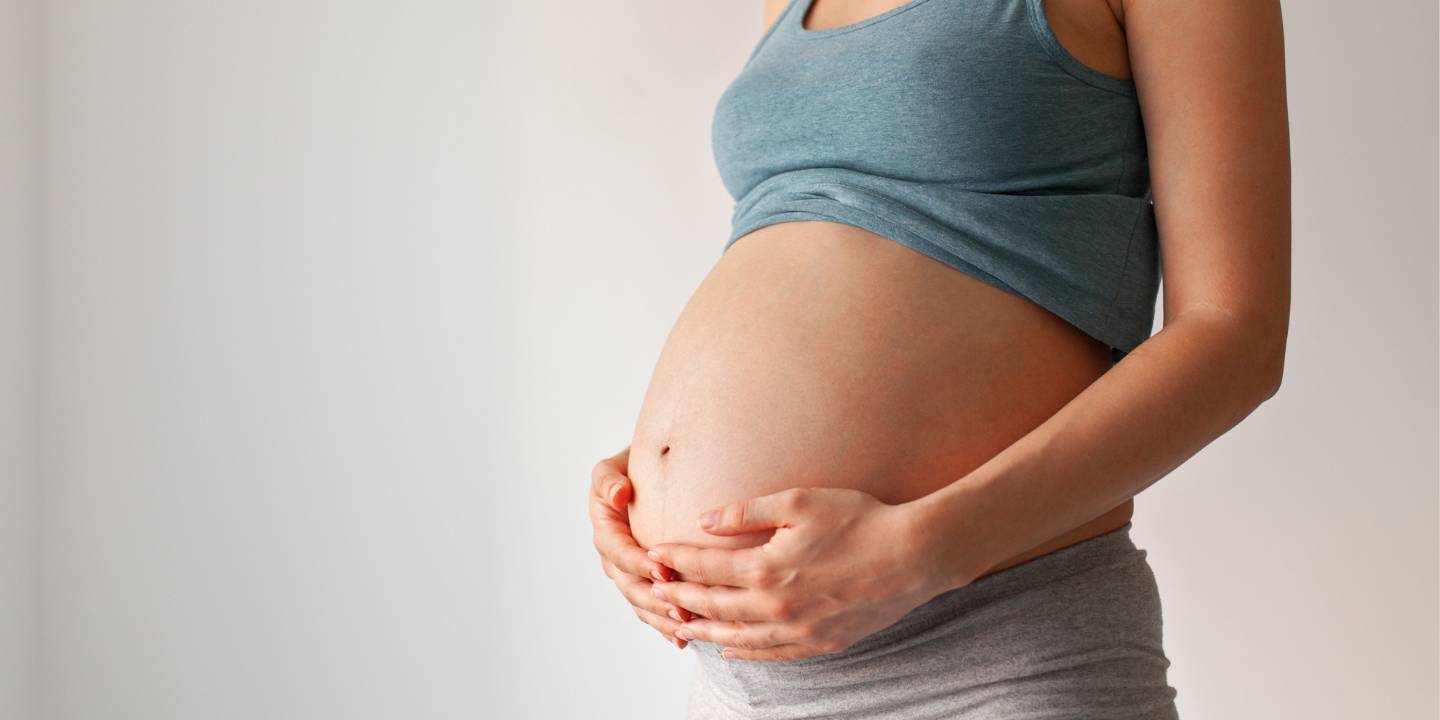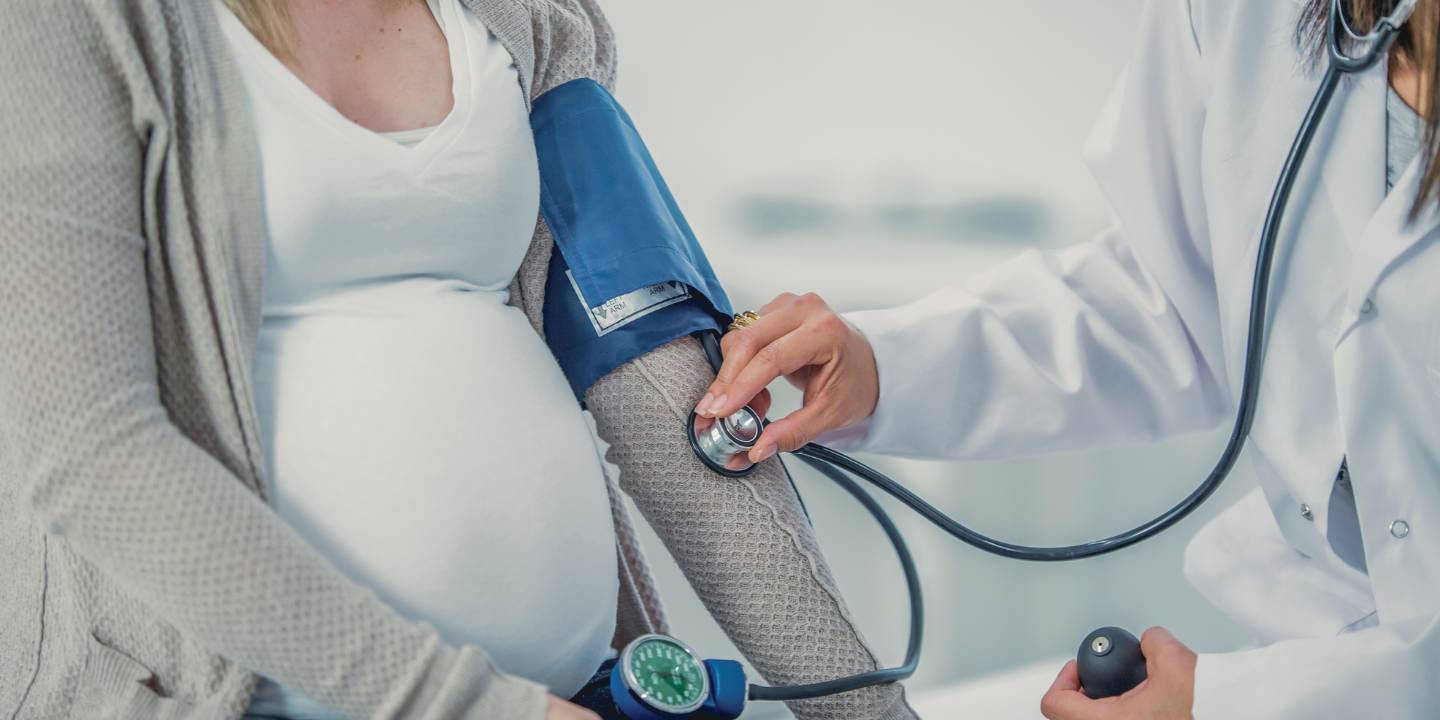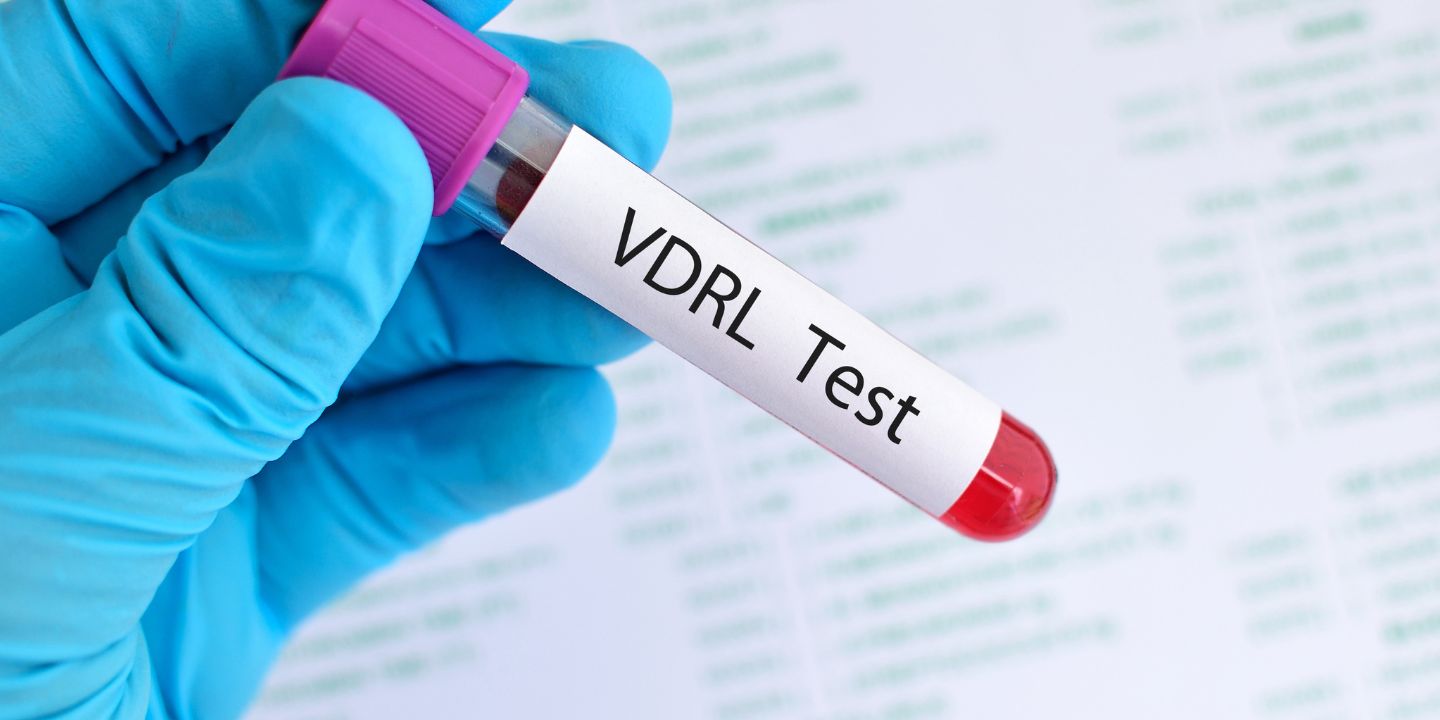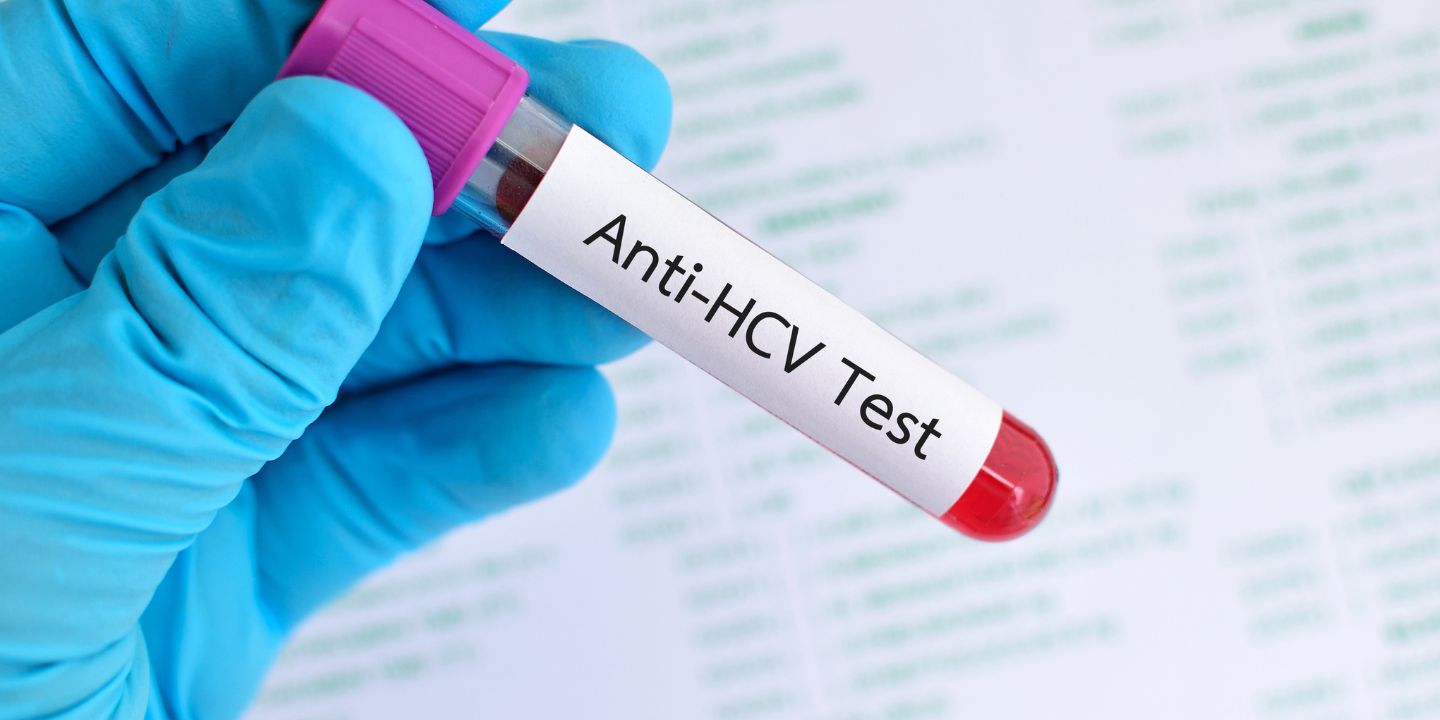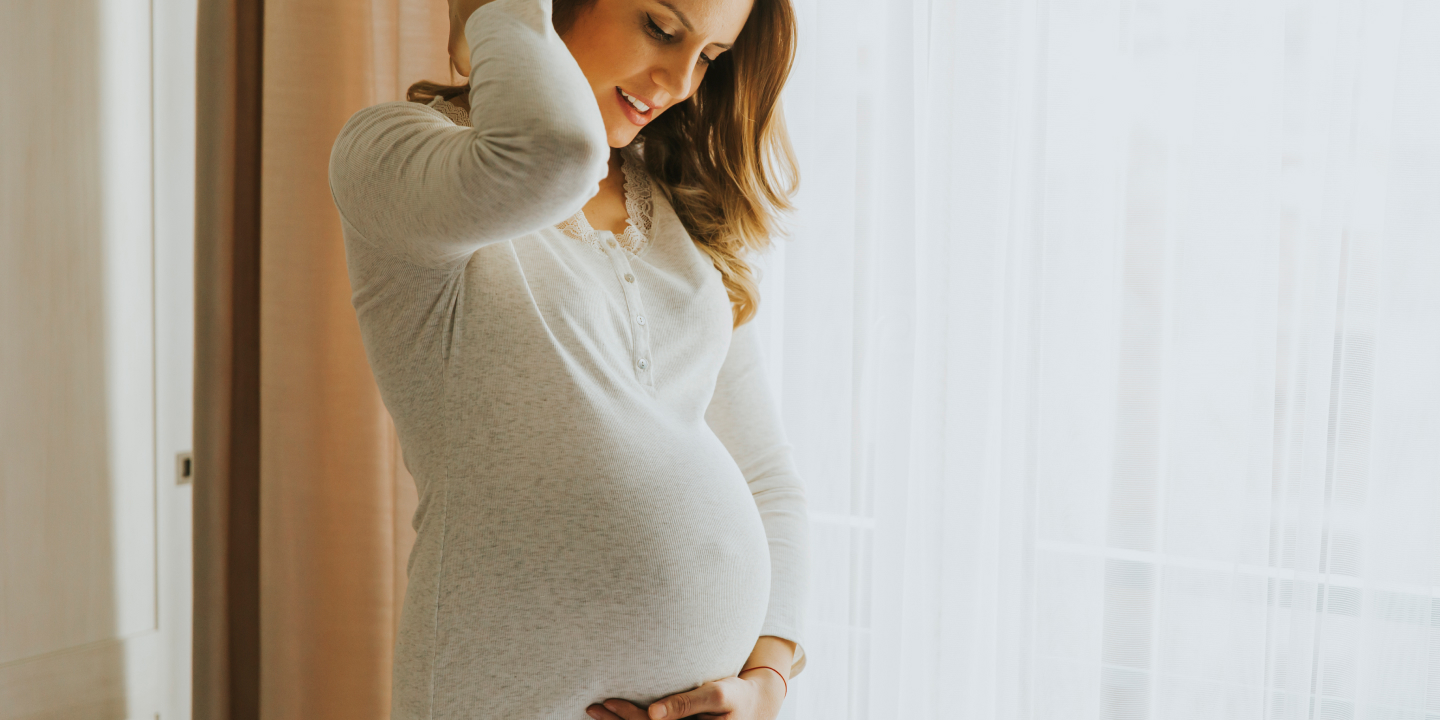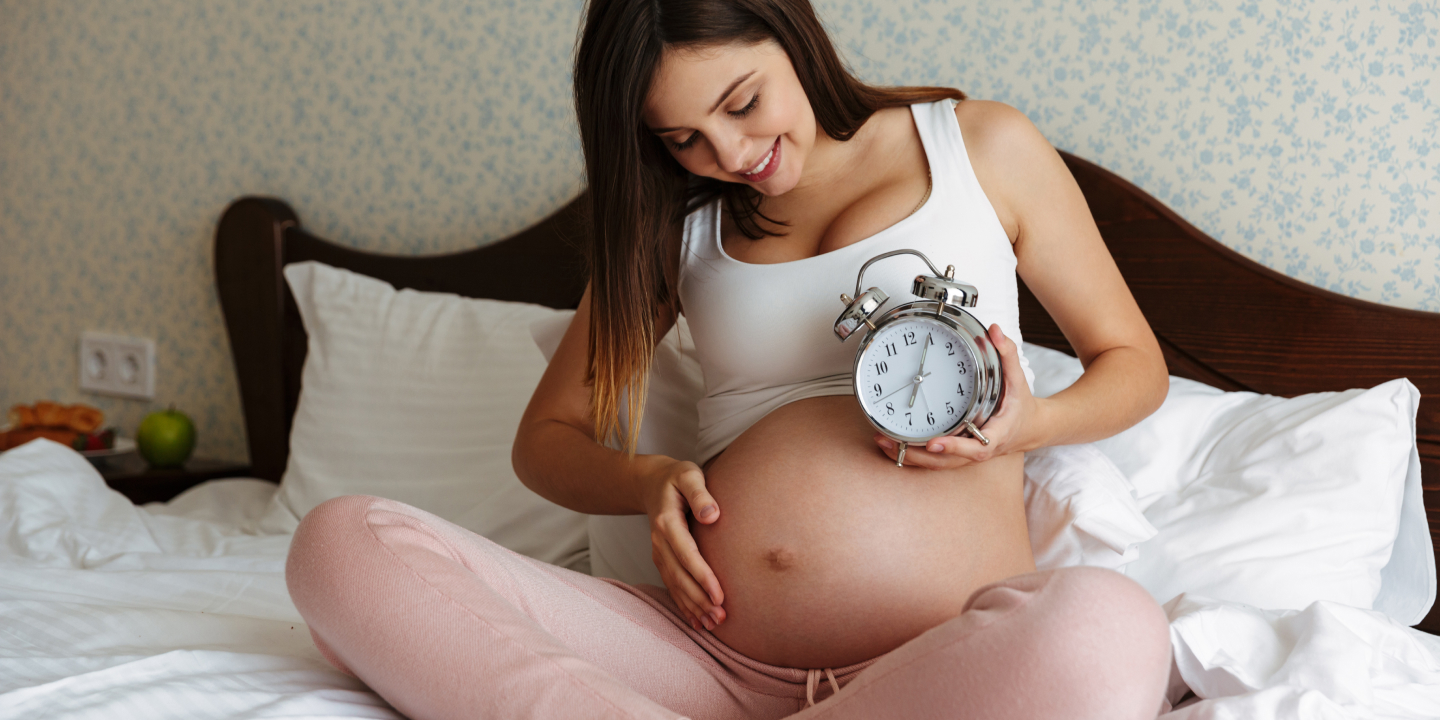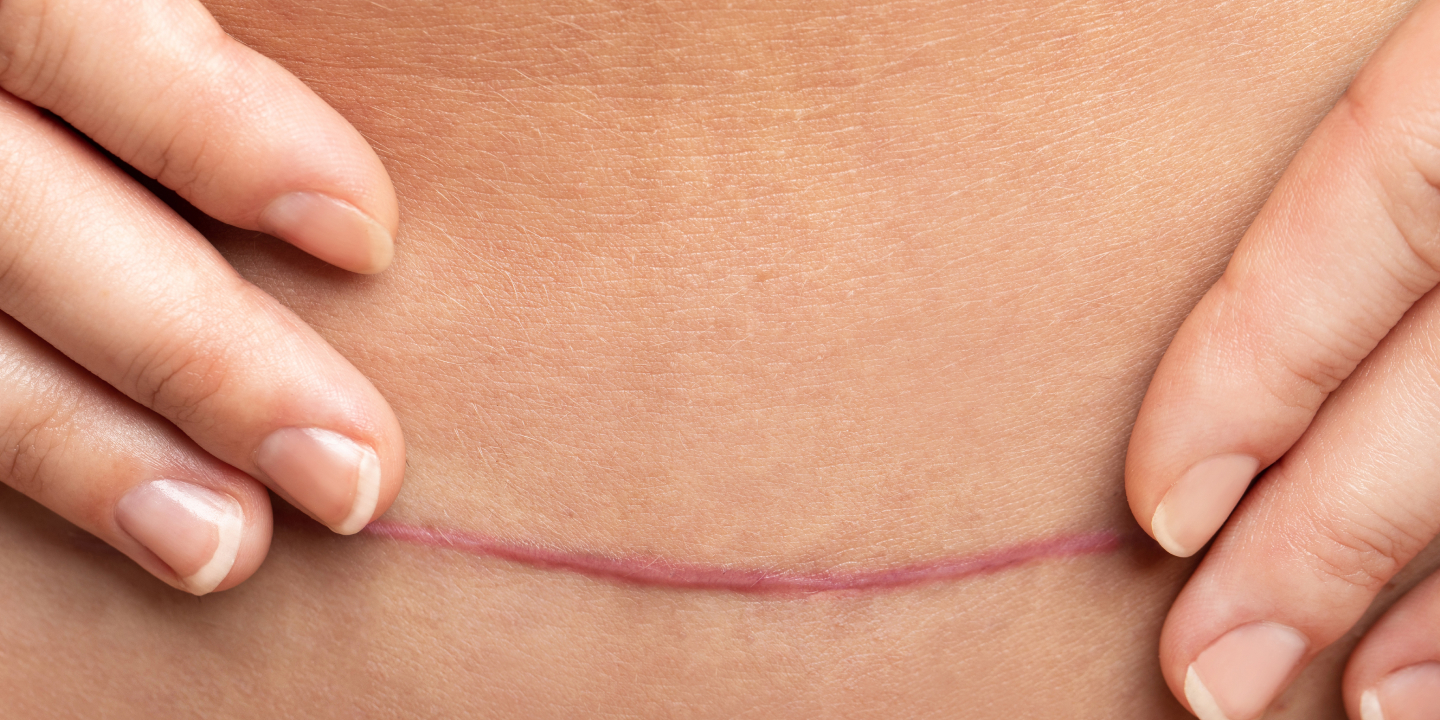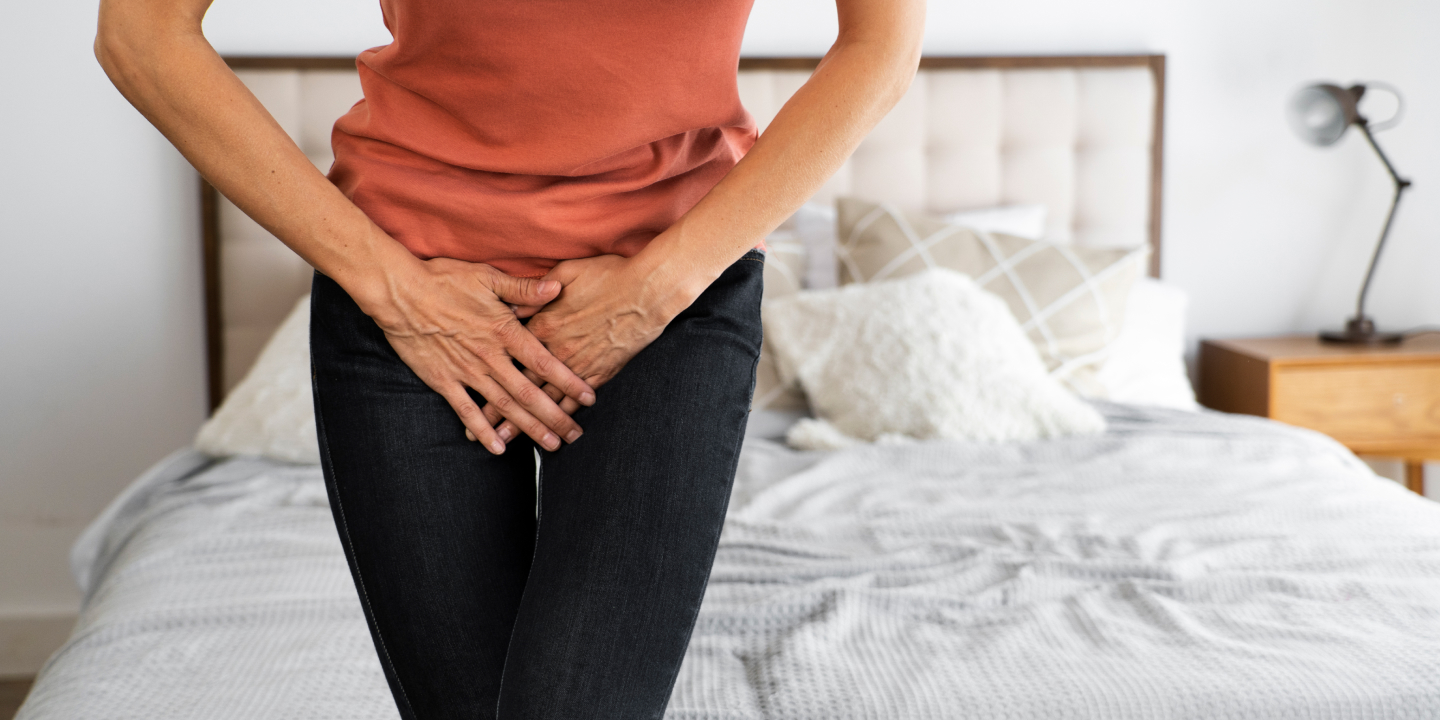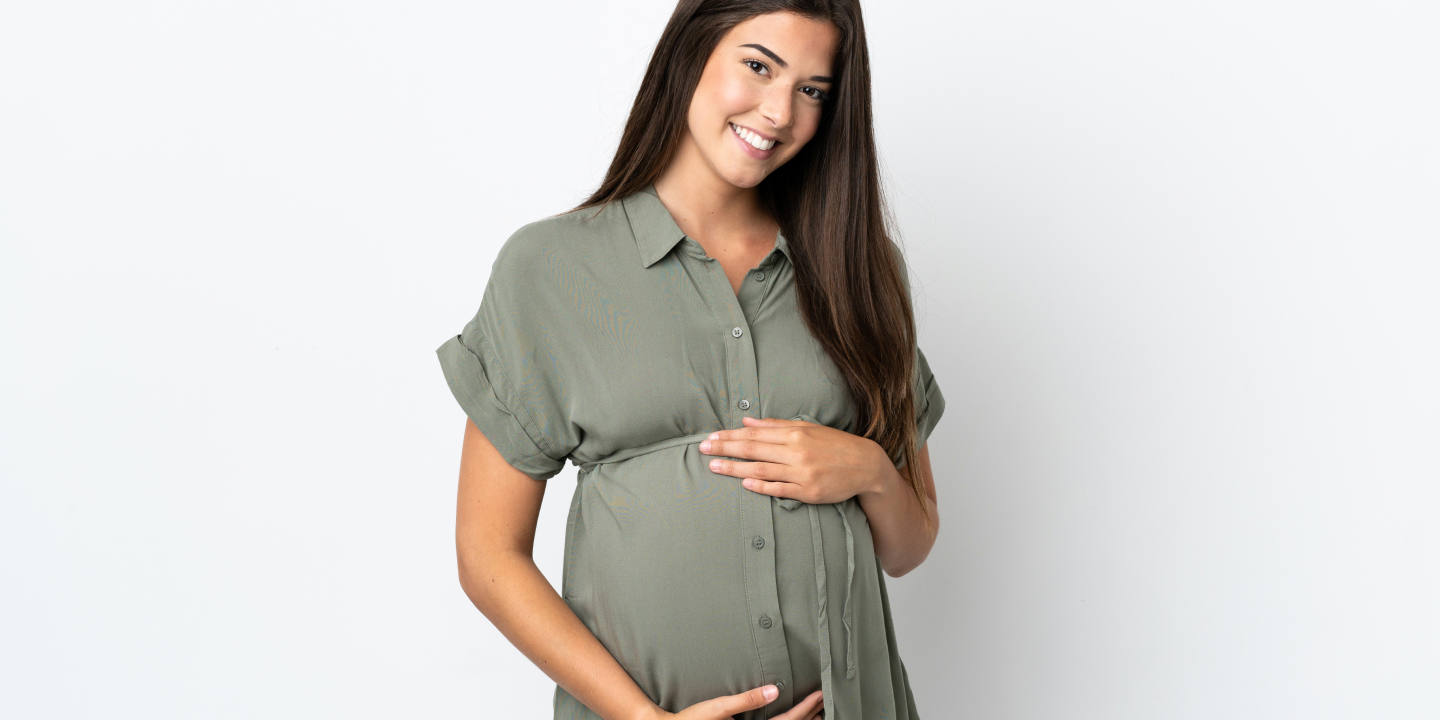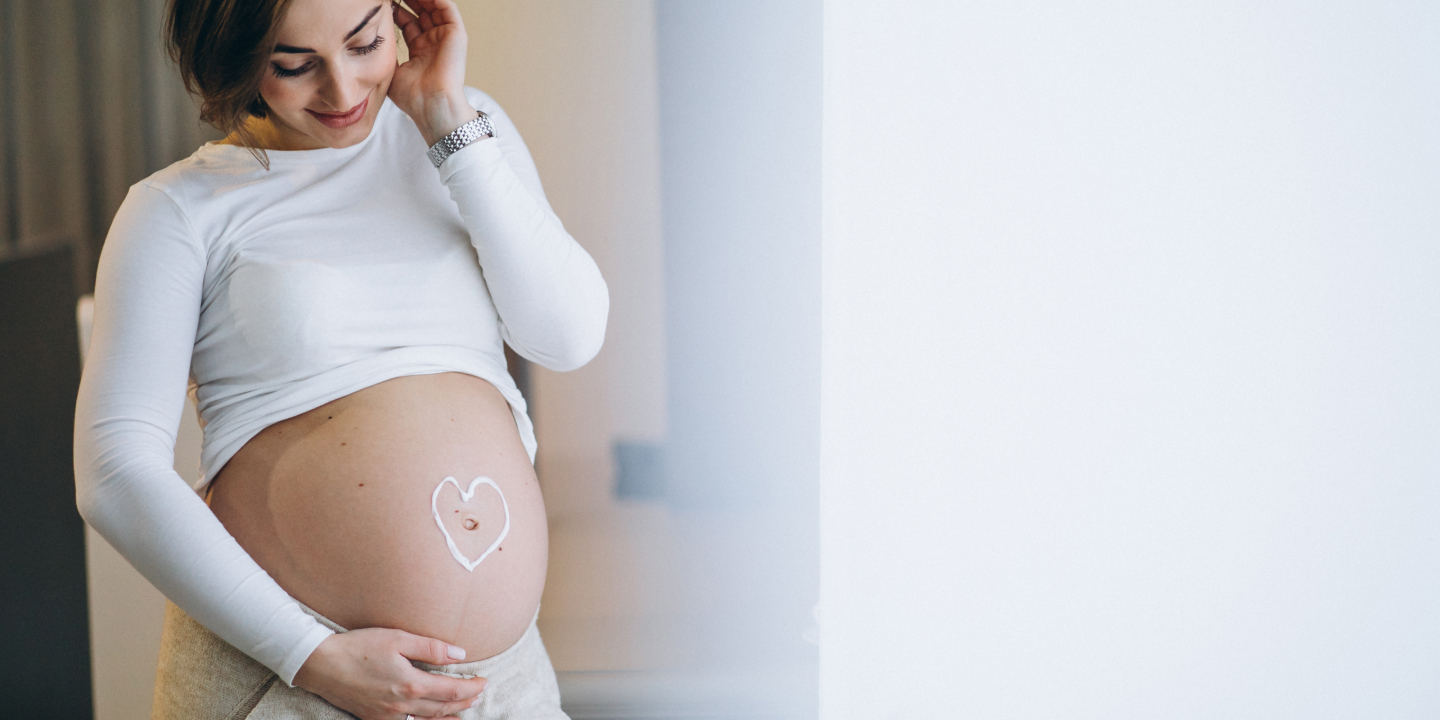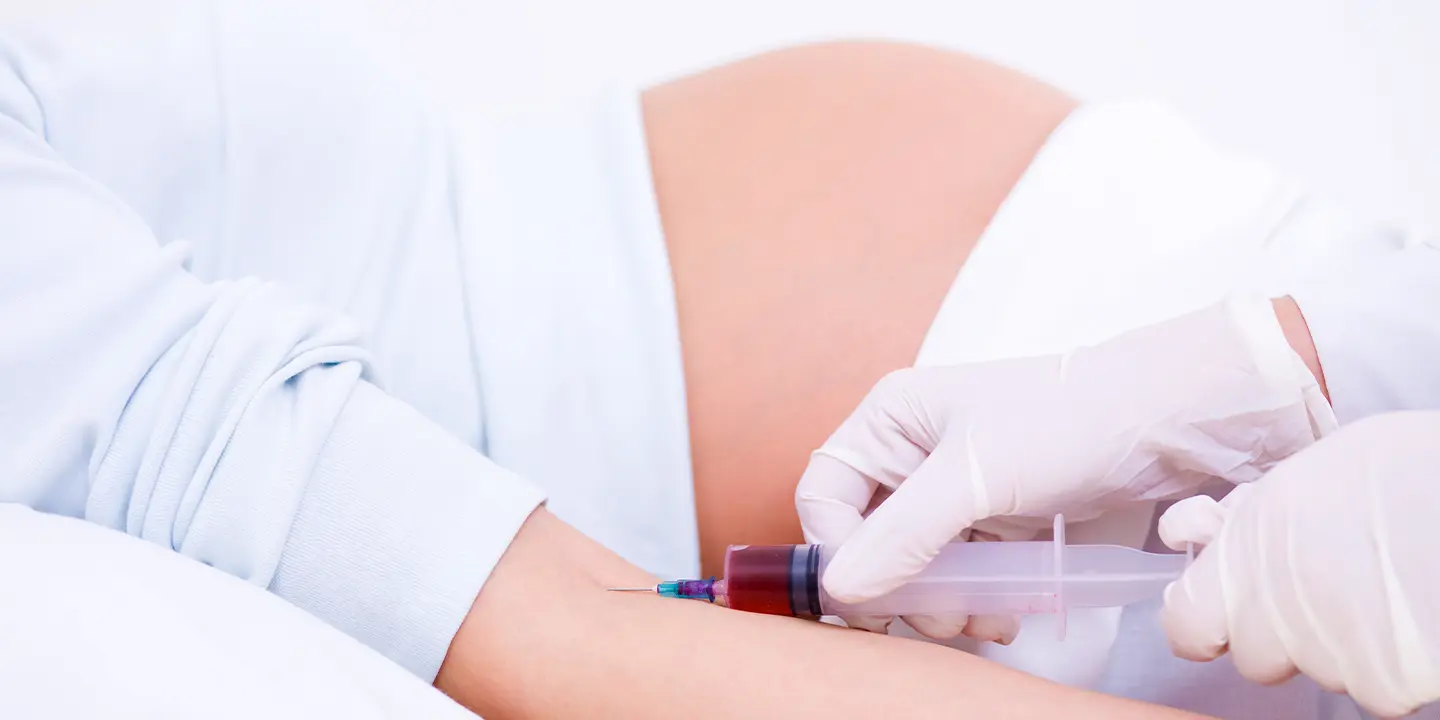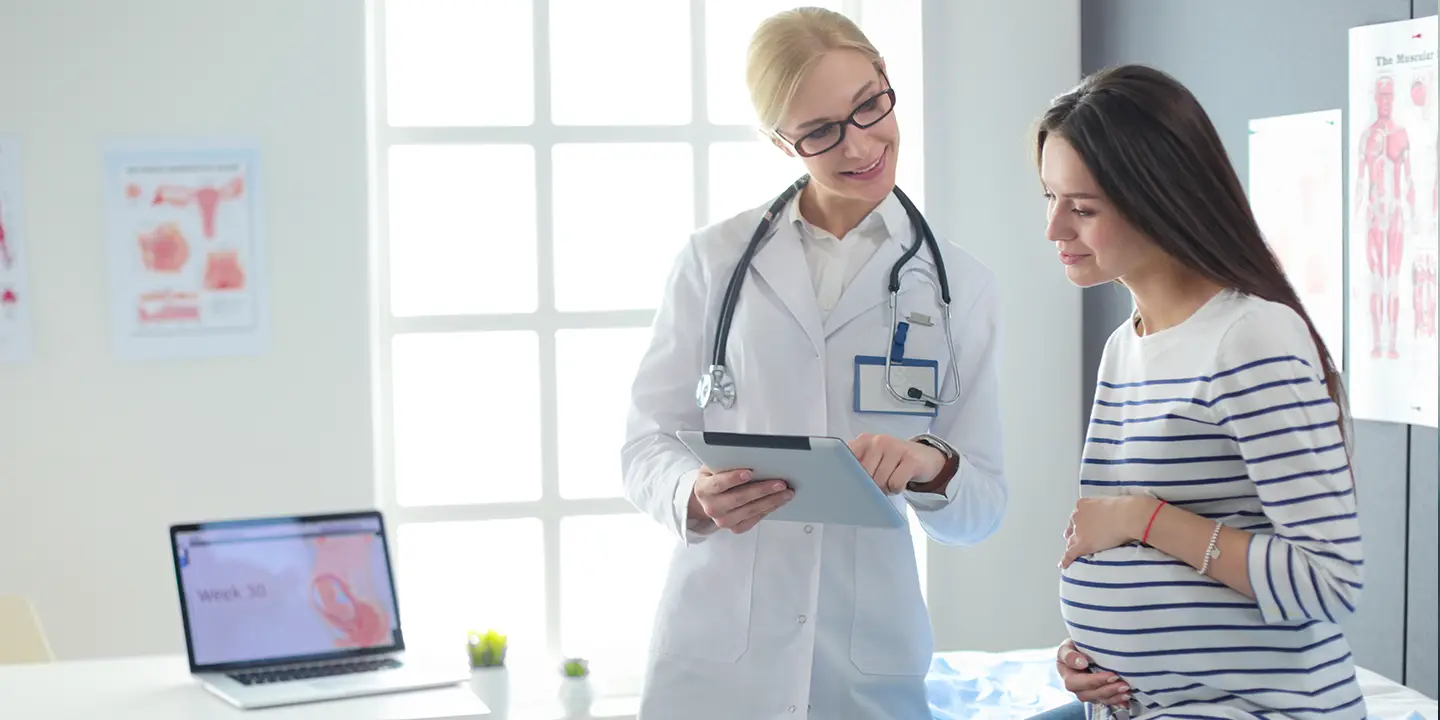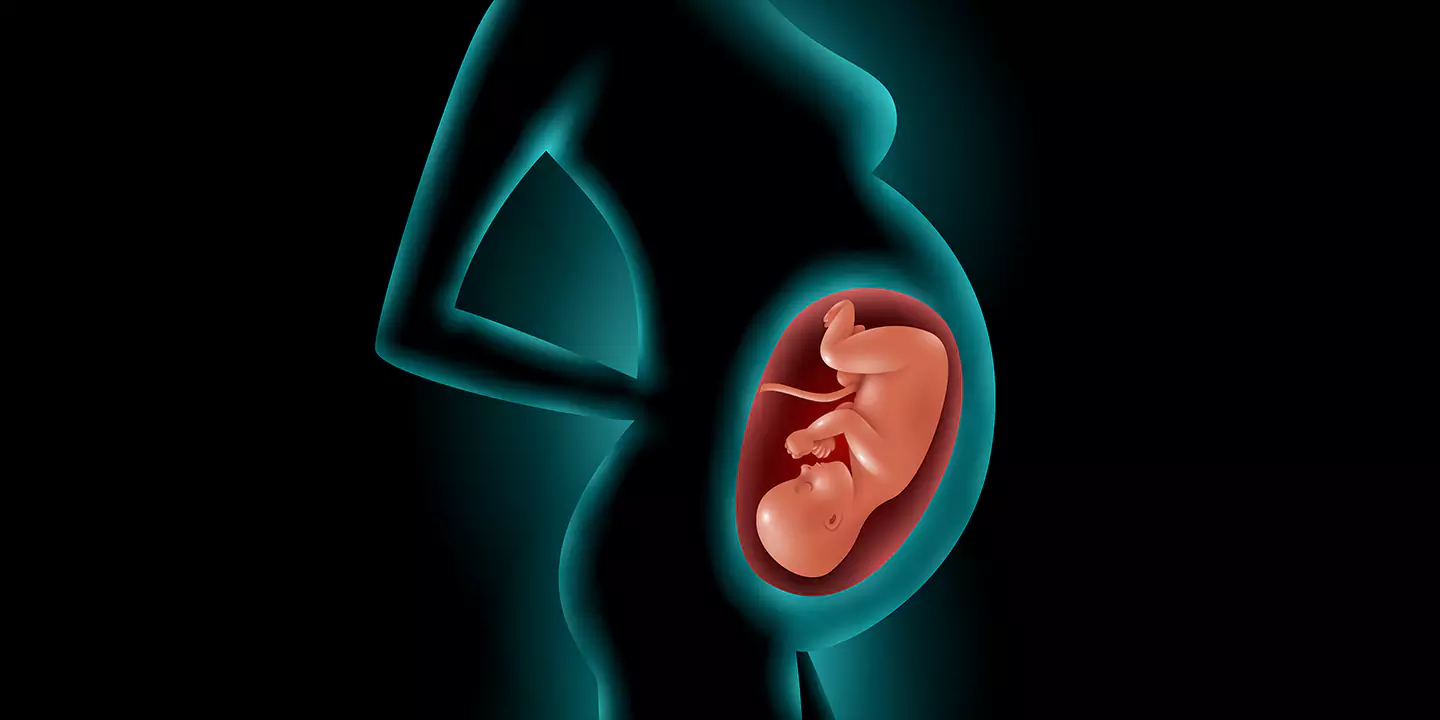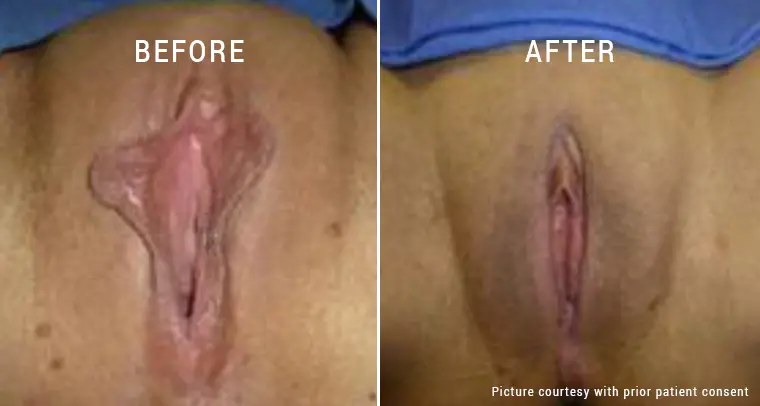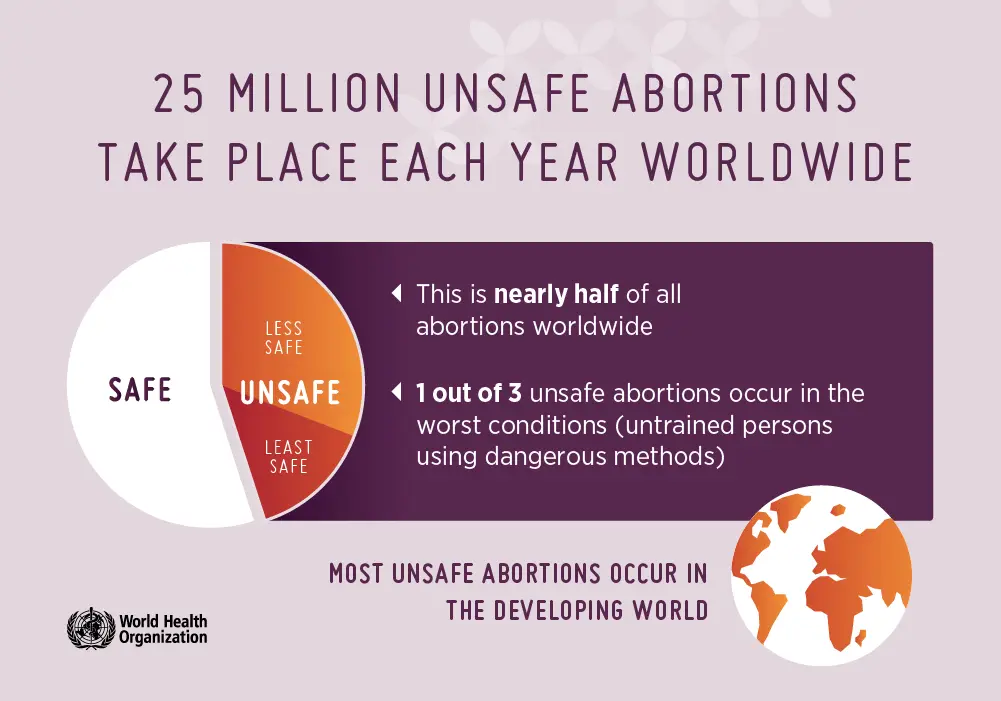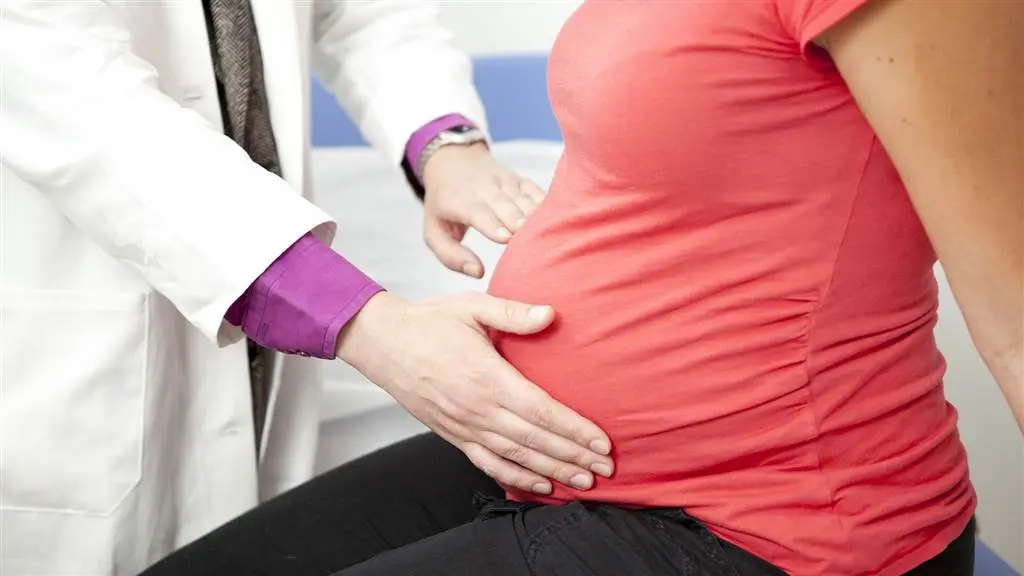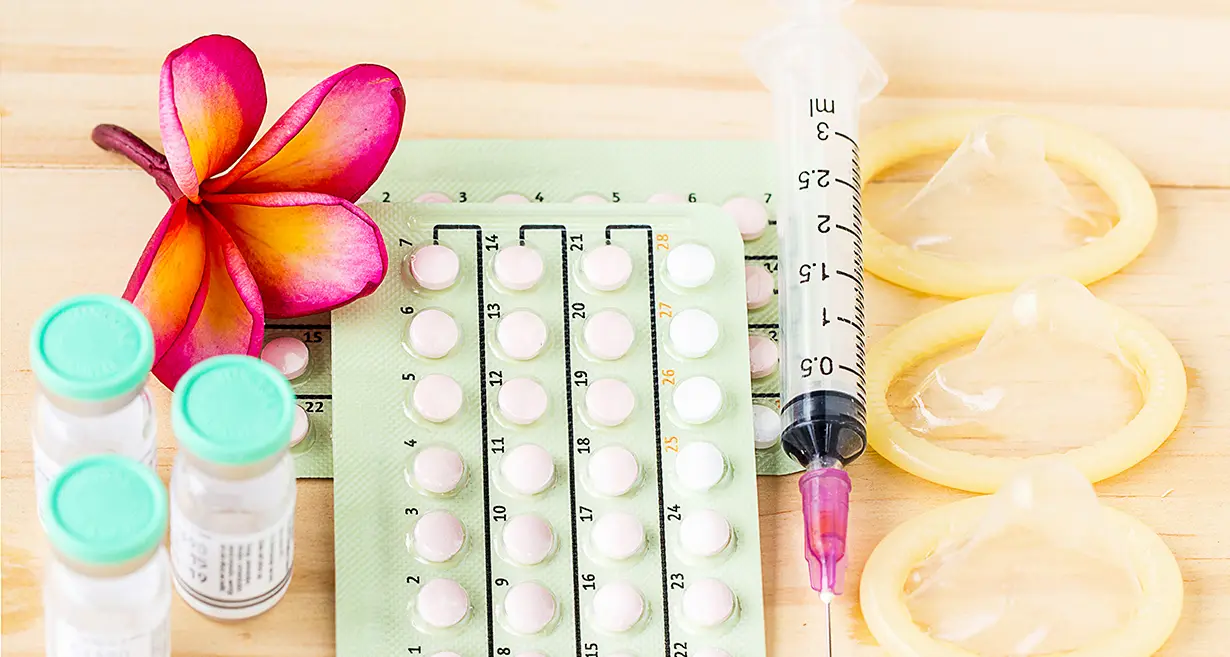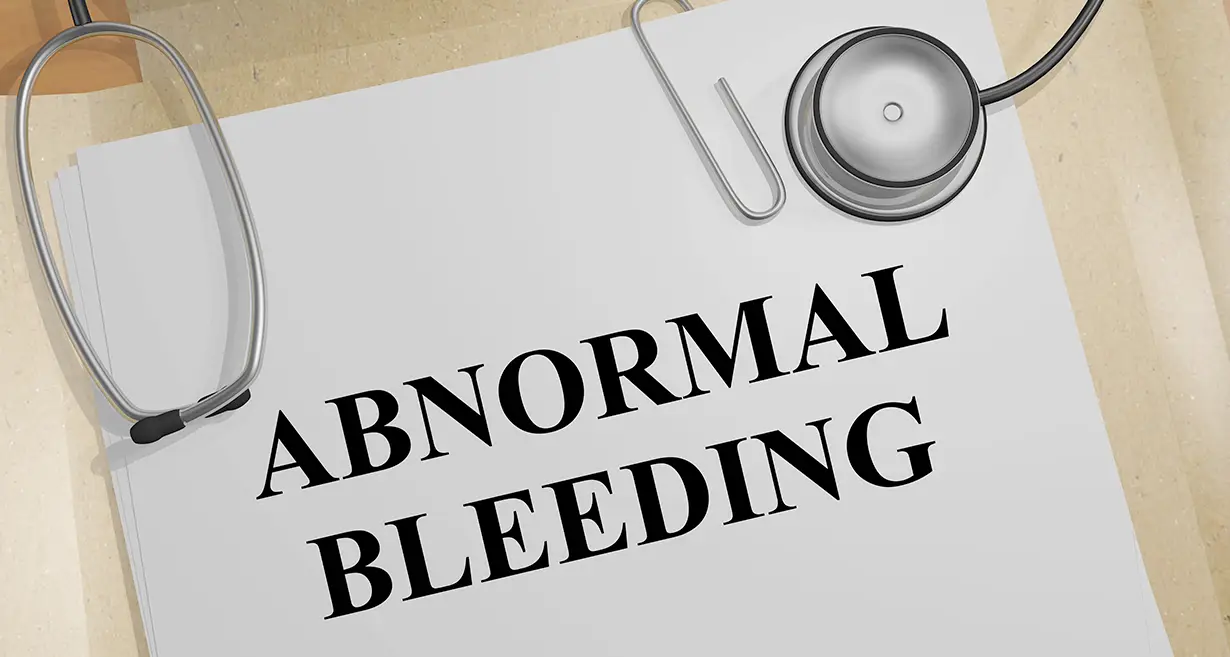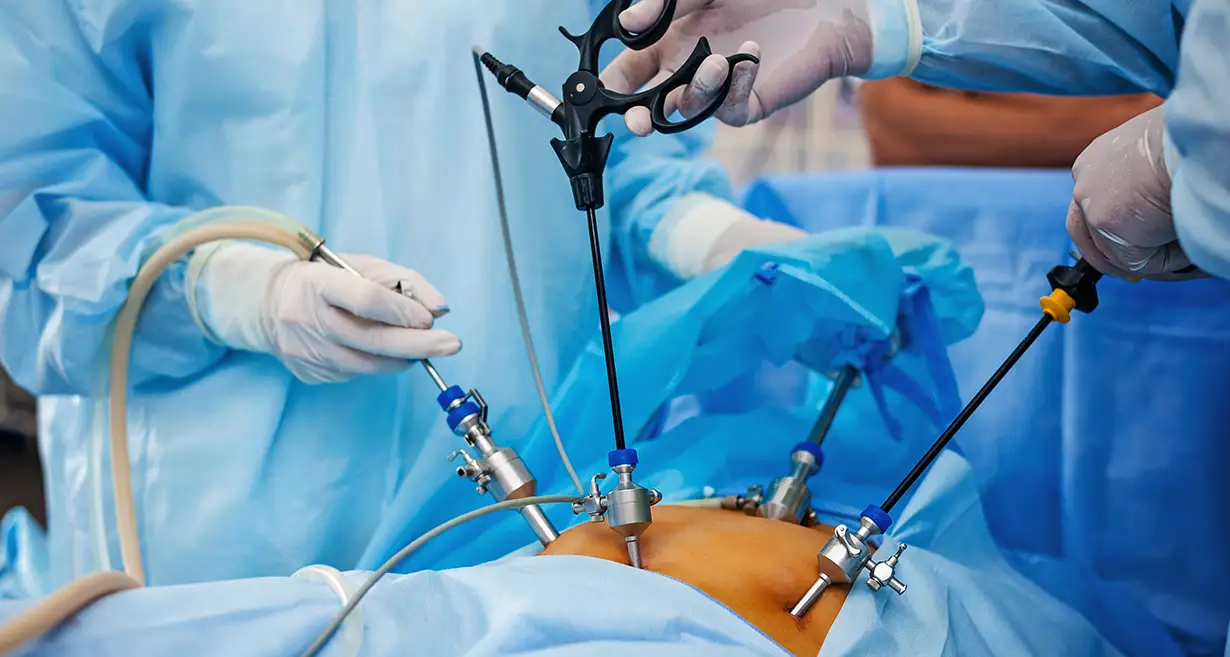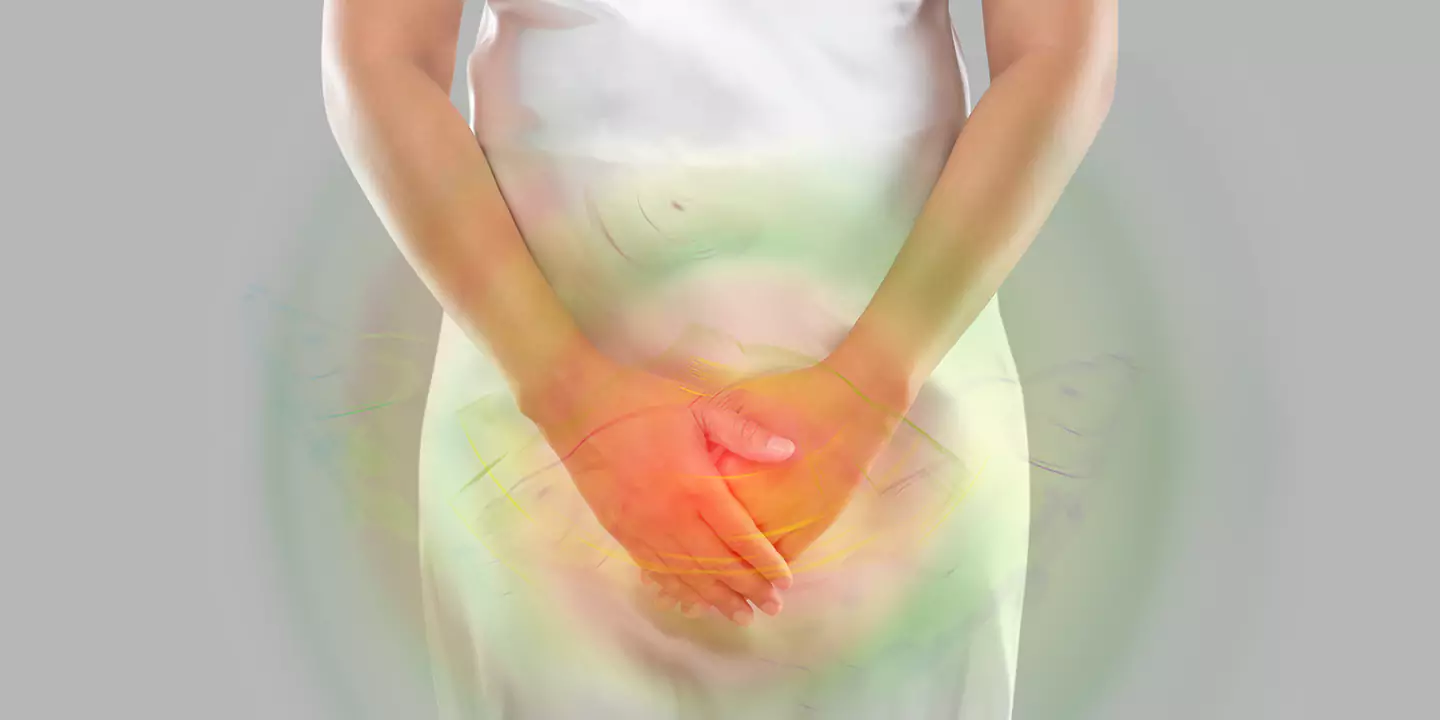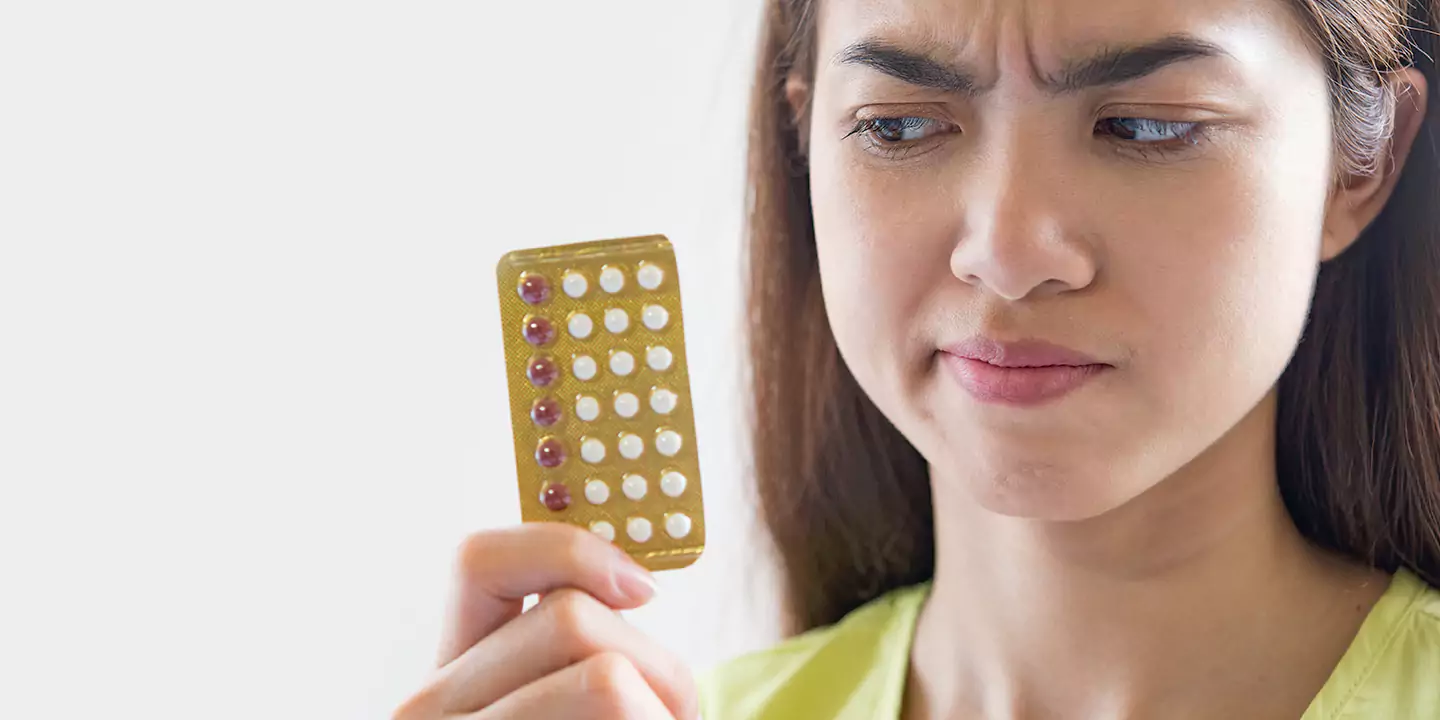
Risk Content- Are you aware of a condition called fibroid uterus? Uterine Fibroids are abnormal muscle growth in the uterus that is non-cancerous. However, the uterus changes during a woman’s childbearing year. Though experts cannot explain the cause of fibroids thoroughly; hence, we should consider the risk factors.
Obesity or the early onset of puberty, we can consider the reason for unwanted uterine muscle growth. Additionally, age is another leading cause. Older women are at a higher risk than younger women. Family history is also responsible for Uterine Fibroids. Women suffering from high blood pressure have an increased risk of developing the chance to grow fibroids.
Moreover, vitamin D deficiency and food additive consumption also help grow. Many women may have these fibroids, but they never know as often the fibroids cause no symptoms. Only medical checkups with doctors can identify these fibroids with prenatal ultrasound or pelvic examination.
One should not avoid those fibroids when they cause excessive blood loss. It can cause Anemia. Furthermore, it can cause miscarriage most of the time, making it more challenging to get pregnant. Connect Queen’s Gynecology to get suggestions from the best gynecologists on how to get rid of this problem. Treatment is necessary to lead a healthy and fibroids-free life.
Related Blog – Menorrhagia (Heavy Periods)- Meaning, Symptoms, Causes And Treatment
In this Article
Uterine Fibroids Symptoms
Most of the time, fibroids symptoms are not visible in women. However, symptoms depend on the size and number of the fibroids. Usually, the most common symptoms and signs that we can see
- Heavy bleeding during the menstrual cycle
- The cycle continues for one week or more than one week
- Very often urination
- Pain during sex
- Chronic vaginal discharge
- Constipation
- Difficulty emptying the bladder
- Pelvic pain that increases during the menstrual period
- Leg pains and back pains.
- Increased abdominal enlargement. That causes the abdomen to look pregnant.
We can generally classify fibroids by their location. Some grow within the muscular uterine wall, called intramural fibroids. The submucosal fibroids grow into the uterine cavity. Women must consult with a doctor if they have
- Spotting between their periods
- Low red blood cell count without any perfect reason
- Heavy, prolonged, and painful periods in mostly every month
- Continuation of pelvic pain
- Difficulty emptying their bladder
Women don’t always need to have particular Uterine Fibroid Symptoms. They must consider the above-said conditions as well.
Uterine Fibroids Causes
Medical science cannot explain the causes of fibroids. We can figure out a few points with the help of medical research and clinical experience. These factors are as follows-
- Hormones– During the menstrual cycle, estrogen and progesterone these two hormones stimulate the development of the uterine lining for the preparation of pregnancy. It appears to endorse the growth of fibroids. Generally, fibroids contain more estrogen and progesterone receptors than uterine muscle cells. Therefore, we can see fibroids shrink after menopause as hormone secretion decreases.
- Genetic changes– Many fibroids change their genes that differ from normal uterine cells.
- Other factors– The substances that help the body maintain tissues, like insulin, may sometimes affect fibroid growth.
- Extracellular matrix– It is the material that helps cells to stick together. The quantity of extracellular matrix is higher in fibroids thus, makes them fibrous. It also stores growth factors that cause biological changes.
Related Blog – TSS – Its full form, meaning, causes, symptoms and treatment option
How Does Uterine Fibroid Pain Feel Like?
If women have small fibroids, they will feel no discomfort. Hence, there are a variety of feelings that females might experience if they have fibroids. But if they have more extensive uterine growth, they can feel discomfort and pain related to this condition. However, large fibroids can cause severe menstrual pain, cramps, back pain, and sharp stabbing pains in the abdomen. Sometimes females can also feel pain during sex.
Fibroids Cause Anaemia
We all know that Anaemia is a condition of the body with a deficiency of red blood cells to carry enough oxygen to the body’s organs. It can make people feel tired and weak. Sometimes, anemic patients can also develop intense cravings for dirt, starch, and ice, called pica. It is connected with Anemia. It can happen to females suffering from heavy or frequent menstrual periods. Fibroids also lead to weighty periods during the menstrual cycle or it causes bleeding in between periods. You must consult your
the physician to start oral iron pills if it is severe. For severe anemia, an iron infusion can improve the situation. If you have fibroids and experiencing anemia, consult your doctor immediately.
How Can We Diagnose Uterine Fibroids?
Fibroids can discover through regular clinical checkups. Females can learn about their uterus fibroids during prenatal care or pelvic examination. However, women who often complain of heavy bleeding during their menstrual cycles, severe pelvic pain, back pain, or pain during sex are diagnosed with uterus fibroids. Various medical tests are there to confirm fibroids with their proper size and perfect location. We provide a list of the difficulties that help women to increase their knowledge about the diagnosis.
- Magnetic Resonance Imaging– The test creates details imaging of internal organs. It works on the principle of radio waves with the help of magnets.
- Ultrasonography– It is an imaging test that creates images of internal organs. It is non-invasive and works with sound waves. The process depends on the size of the uterus. However, the process takes place through the transabdominal or transvaginal route.
- Hysteroscopy– A thin, flexible tube will be used in the process. It has a camera on the end. The device is called the scope. It helps to look at the fibroids inside the uterus. The scope will pass through the vagina and cervix. After that, it moves to the uterus. However, expert hands are required to process the test to avoid unnecessary hazards.
- Computed Tomography– A CT scan works with the help of X-ray images to take a detailed picture of inner organs from various angles.
- Sonohysterography– A small catheter is placed transvaginally in this image test. The catheter injects saline into the cavity of the uterus. The extra fluid helps to generate an image of the uterus that is much clear than the image created through routine ultrasound.
- Hysterosalpingography– It is a process of getting a details X-ray. Before the X-ray, a contrast material is injected, and X-rays are taken from the uterus. However, the process usually occurs for females undergoing infertility evaluation.
- Laparoscopy– In this test, the doctor will make a small incision in the lower abdomen. A flexible thin tube will be inserted with a camera fixed. It will take images closely of the inner organs. Hence, fibroids can be easily visible.
Related Blog – Menstrual Disorders — Types, Causes, Symptoms, Diagnosis, and Treatment
How Can We Treat Uterine Fibroids?
Leiomyoma of the uterus is treatable. It depends on the size of the fibroids. The total numbers and location also play essential roles in treatment. However, females who do not have any symptoms do not require treatment. Small fibroids are often not created a problem. These should be monitored closely, but no need to take any medical action. Pelvic examination and ultrasound are recommended for the clinical investigation of fibroids to diagnose their size and location inside the uterus. The treatment plan depends on a few factors like
- The total number of fibroids present in the uterus
- The location of fibroids
- The size of the fibroids
- Females desire their pregnancy
- How severe they are experiencing fibroid symptoms
- The desire of females for uterine pretension
However, treatment varies from individual to individual. If someone wants to have children in the future, they may not be able to take the medicine that one can take who doesn’t have a desire for children. Speak to your doctor and make up your mind on fertility and set your goals for the future. Moreover, one should gain proper knowledge about the treatment process and its outcome while discussing it with the expert.
Medications
The medicine for uterine myoma also differs from person to person. Here we discuss the common treatments that doctors generally provide-
- Iron supplements– If females have anemia from excessive bleeding, the doctor will provide iron supplements to balance the hemoglobin deficiency.
- Counter pain medicines– The medicines provide to stop the unwanted pain caused by fibroids. It also manages the discomforts of the lower abdomen. However, the medication contains ibuprofen and acetaminophen.
- Oral therapies- Elagolix is a new therapy for managing heavy uterine bleeding. It applies to females who haven’t experienced menopause yet and have symptoms of uterine fibroids. Discuss with your doctor and know the process and condition of the therapy. The therapy can continue for a total of twenty months. Another oral treatment takes place with the help of Tranexamic acid. The antifibrinolytic oral drug reduces the heavy bleeding of the menstrual cycle of females with uterine fibroids. However, the doctor will take care of you during the oral therapy.
- Birth control- Birth control treatments also help to reduce fibroids symptoms and hefty bleeding during the menstrual cycle and between periods. It also relieves menstrual cramps. However, various birth control treatments, like oral contraceptive pills, injections, intravaginal contraception, and intrauterine devices, are available.
- Gonadotropin-releasing hormone– In this treatment, medicine is injected or given through a nasal spray. It helps to shrink the fibroids. Sometimes, the treatment is also used before the surgery to shrink the fibroids. It helps to remove the fibroids easily. However, the treatment has a temporary effect; hence, if you stop taking medicine, fibroids will return to their average figure.
It is always important to know your health condition before starting any medication for fibroids. Discuss with your physician and understand what medication is best for you.
Related Blog – Pelvic Pain During Pregnancy: Causes And Treatments
Surgeries of fibroids
There are several factors that one should consider to remove fibroid tumors. Treatment not only depends on the severity of pain, size, and location of the fibroids. It also depends on the desire for future pregnancies. Some surgical options preserve the uterus and allow becoming pregnant in the future. Other options can remove or damage the uterus. Thus, one cannot become pregnant after the surgery. We are discussing below the various steps of Myomectomy.
Myomectomy is the process that helps to remove fibroids without damaging the uterus. However, we can find various surgery functions that depend on the fibroids’ location, size, and number. The types of Myomectomies are
- Laparoscopy- The surgery happens with the help of a scope. The process involves placing a few small incisions in the abdomen. Through this, the scope will enter and exists in the body. However, the process can also be consummate with the assistance of a robot.
- Hysteroscopy- The process is also done by inserting a scope. It is a thin and flexible tool that looks like a tube. It passes through the vagina and cervix to the uterus. The scope will be used to cut the fibroids inside the uterus. Apart from that, no incisions are made during the surgery. However, discuss with your doctor whether your health condition suits the surgery.
- Laparotomy- In this procedure, an incision is made in the abdomen. One large cut takes place, and fibroids get removed through this.
However, if you are not planning a pregnancy in the future, your doctor can suggest a few more options of surgeries that are recommended for fibroids removal. The procedures are as follows-
- Hysterectomy- It is a uterus removal surgery. Females can get the ultimate solution of fibroids from this procedure. The process is recommended when they suffer from a high bleeding flow due to fibroids. It also depends on the larger size of the myomas. However, if only the uterus has been removed and the ovaries are intact, then menopause will not take place just after the Hysterectomy. Recently, most minimally invasive procedures have been suggested for the surgical process, including laparoscopic, vaginal, or robotic approaches.
- Uterine myoma embolization– An interventional radiologist who will work with your gynecologist is needed. Usually, a tiny catheter is positioned in the uterine artery; thus, small particles are helped to obstruct the blood flow from the uterine artery to the fibroids. The loss of blood flow helps to shrink the fibroids. Hence, it improves the symptoms.
- Radiofrequency ablation– The treatment is safe and effective. Physicians generally suggest it to patients who have uterine fibroids. The process can deliver through the laparoscopic method. Doctors can also use the transvaginal or transcervical route to perform well.
How can Queen’s Gynaecology help you get a remedy for uterine fibroids?
Women can stay with fibroids for long years if they don’t have any symptoms. However, symptoms mainly depend on the size and location of the fibroids in your uterus. It also depends on the number of tumors present. But, if you have heavy bleeding during the menstrual cycle with severe abdominal pain, consult your gynecologists immediately. You may connect to the Queen’s Gynecology. You will get experts here who are ready to handle all gynecological issues. Females with complaints regarding their menstrual problems can get better treatment. The expert doctors of the organization will recommend a few tests through which the severity of your fibroids condition can be detected.
It also depends on whether fibroids are treatable with medications or if you need surgery. Consult with your doctor and make up your mind for future pregnancy. The surgery procedure depends on your decision. Queen’s Gynecology will provide expert gynecologists and a healthy environment; thus, females feel free to discuss their sexual health with their doctors without hesitation.
Related Blog – Endometriosis: Causes, Symptoms, Diagnosis & Treatment
Conclusion
Women have to decide about their future pregnancies before going for the surgery procedure of uterine fibroids. If you are not thinking of pregnancy in the future, then go for a permanent solution. But, if you are thinking of your pregnancy in the future, then try to stay on medication. Consult your gynecologist to get the best medicine. Females are needed for a surgical procedure when the symptoms of uterine fibroids become severe. However, medical science has solutions to everything; hence, after surgery also, you can go for pregnancy. It depends on the procedure of your surgery. Connect Queen’s Gynecology today itself to get the valuable opinion of the expert gynecologists of the organization to get the best result. You will contact the platform here to discuss your health-related problems with your gynecologists without any second thought.
FAQs
Fibroids do not directly affect fertility in most cases. However, according to research data, we can find only ten per cent of infertile women have fibroids.
We can see that small and middle-sized fibroids become barriers in pregnancy; thus, this type cannot be detected.
Fibroids meaning, it is a non-cancerous growth inside the uterus. The fibroids can again grow after the surgery; hence, women must take proper care after discussing with their gynecologists. Only Hysterectomy is the permanent solution of fibroids.
Uterine fibroids are almost always diagnosed as benign. But very rarely, we can find a few that can develop into cancerous fibroids as well.


















